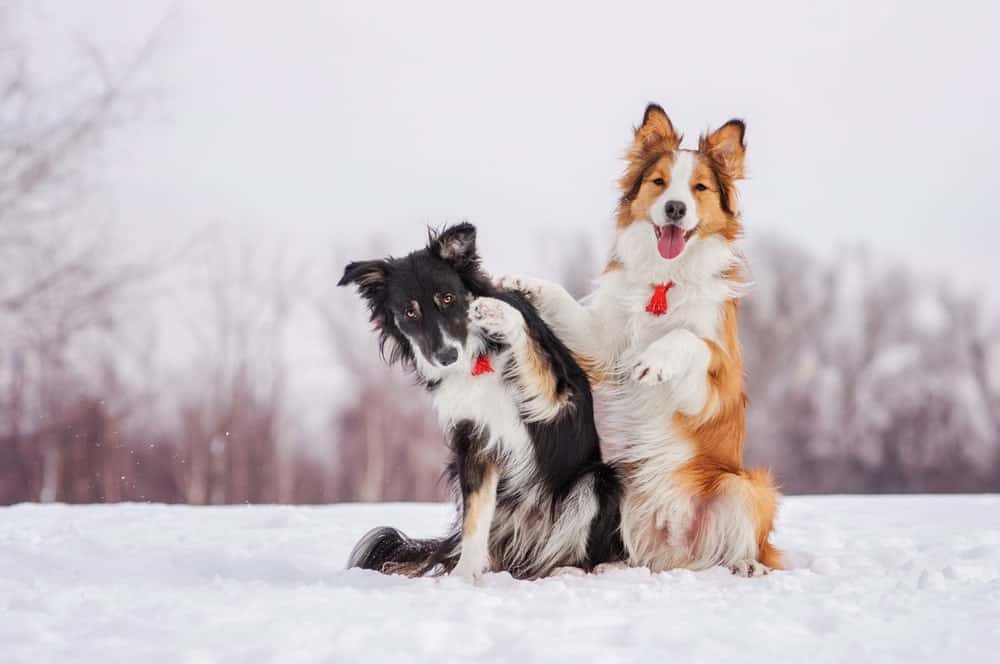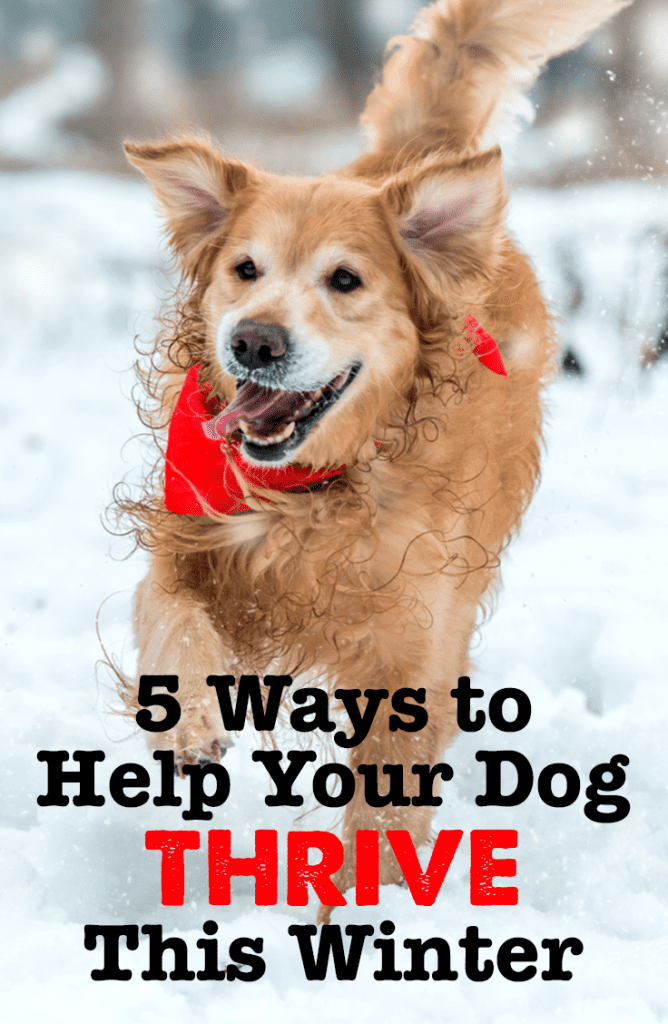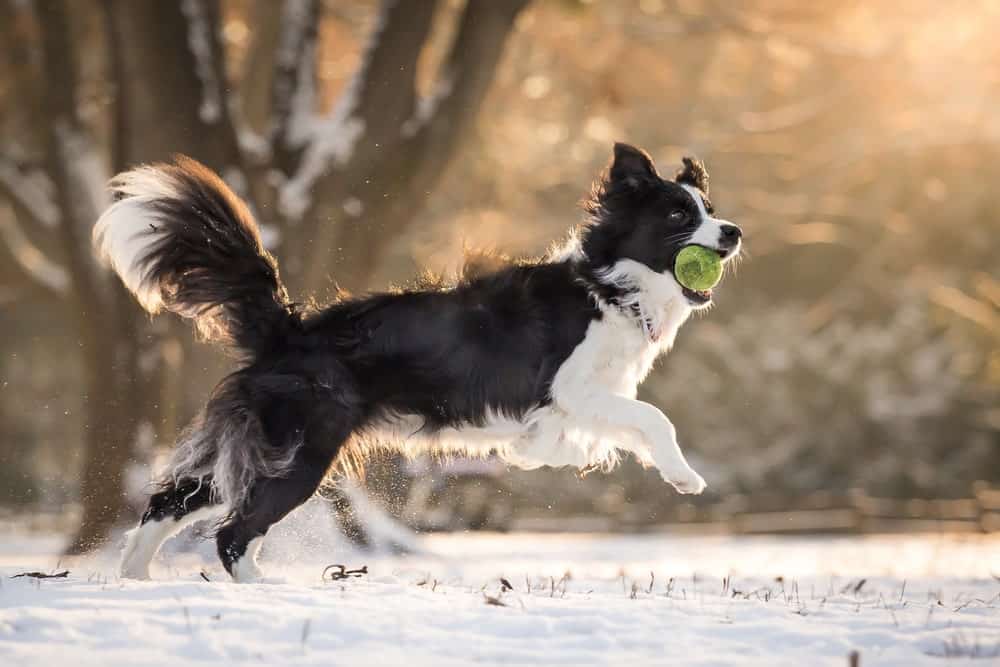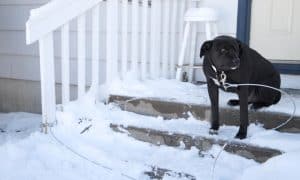“This post contains affiliate links, and I will be compensated if you make a purchase after clicking on my links.”
Winter can be tough on our furriest family members. Between spending more time trapped inside, exposure to cold, dry air, and the stress of the holidays and New Year, winter can take its toll on our dogs.
Luckily, helping your dog thrive in the winter is easy! Here are five things you can do to help keep the season as joyful as possible for your pets:

This article contains affiliate links. If you make a purchase after clicking them, we may get a small commission. The Dogington Post is dedicated to finding the best products for dogs and we will never recommend a product that we don‘t love. All images and names which are not the property of The Dogington Post are the property of their respective owners.

1. Use a Humidifier:
Winter air is already dry and indoor heating only makes matters worse. A humidifier will add moisture to the air and help protect your dog (and you!) from the dry, flaky skin so common in winter. Add some lavender essential oil in that humidifier and you’ve got a natural calmant that keeps the wintertime blues at bay!
2. Protect the Paws:
Paws can become dry and damaged from unprotected contact with elements such as ice, salt, sand, rough or freezing surfaces. Dry, cracked paw pads can cause your dog discomfort and, left untreated, can result in serious injury and infection. Always use a paw protectant or train your dog to wear booties when walking and playing outdoors.
3. Adjust the Calories:
If winter weather affects your dog’s regular routine, it may be necessary to adjust his caloric intake, sometimes drastically.
Dogs that love cold weather and snow may need additional calories to maintain a proper weight in the winter as they’ll naturally burn extra calories to stay warm. Conversely, dogs that prefer to snuggle up inside all winter long may need fewer calories to avoid packing on winter weight. Be sure to measure your dog’s food using a measuring scoop to ensure they’re always getting the proper amount and, if your dog packs on the pounds this winter, consider a lower calorie dog food.

4. Don‘t Forget a Coat:
Invest in a good winter coat that is easy to put on and take off, that fits properly, and keeps your dog warm without restricting movement. Remember that not all dogs are naturally insulated against the wind, rain and snow. A winter coat will help to keep your dog warm while you’re out for walks, taking a backyard potty break, or playing at the park. Depending on the weather in your area, choose a coat that’s designed for frigid snow and ice, a light jacket that protects against rain and wind, or any of a variety of coats in between.
5. Always Provide Shelter:
As a general rule of thumb, if it’s too cold for you to be outside, it’s too cold for your dog. However, some dogs, especially larger, long-haired breeds like Huskies and Newfies, really do love spending time outside, even in frigid temperatures. Whenever possible, monitor your dog while he’s outside and bring him in the moment he shows signs of being cold.


















